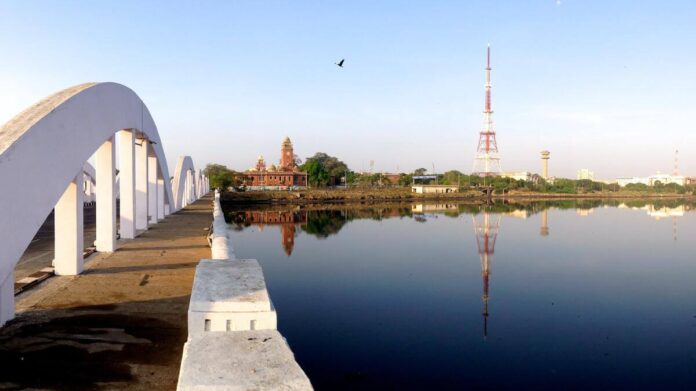Tamil Nadu Pollution Control Board’s (TNPCB) water analysis report shows that all three major water bodies, the Adyar, Cooum, and Buckingham Canal, are dangerously contaminated.
What’s it about? The waters are unfit for any life to survive due to a lack of dissolved oxygen at any of the 40 locations of the Adyar and Cooum. The Biological Oxygen Demand (BOD), which is supposed to be under 20, is at a staggering 56 or higher. The main culprit? Sewage.
- The Chennai River Restoration Trust was endowed with a budget of over 3,400 crores in 2015 to restore the rivers of the city. Sewage Treatment Plants (STP) set up by the trust at four places in Cooum and Adyar showed negligible progress, inciting further inspection by the TNPCB.
- TNPCB found that dissolved solids ranged from 700-5,000 mg per litre, faecal matter ranged from 70-300 mg per litre, and coliform ranged from 300 to 1,500 mg per litre. The rivers also have high conductivity due to the presence of metals.
The prognosis: According to Venkatesh Ramakrishnan, a historian, the rivers began to die back in the 1800s when they were tapped for drinking water. Urbanisation and state negligence have sealed its fate. Darwin Annadurai, founder and managing trustee of Eco Society India, suggests that heavy-handed monitoring, including digital surveillance, could be a solution.

